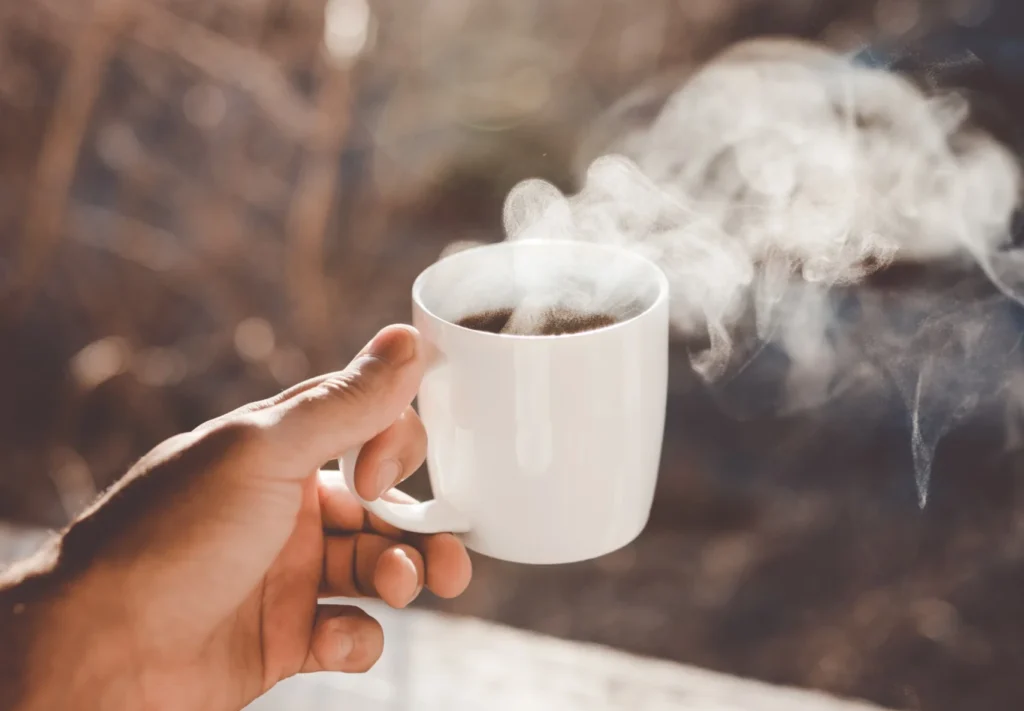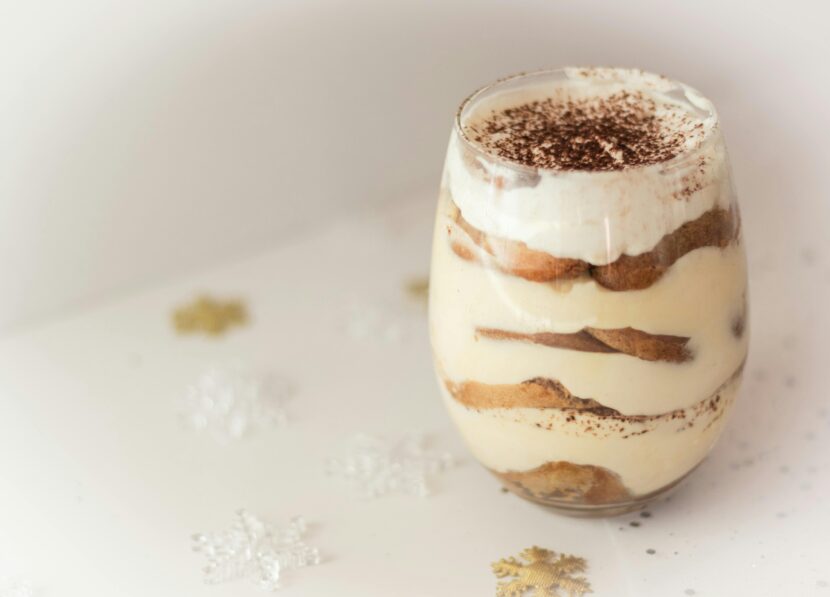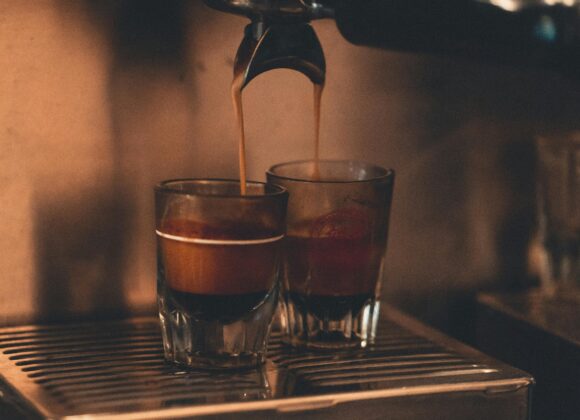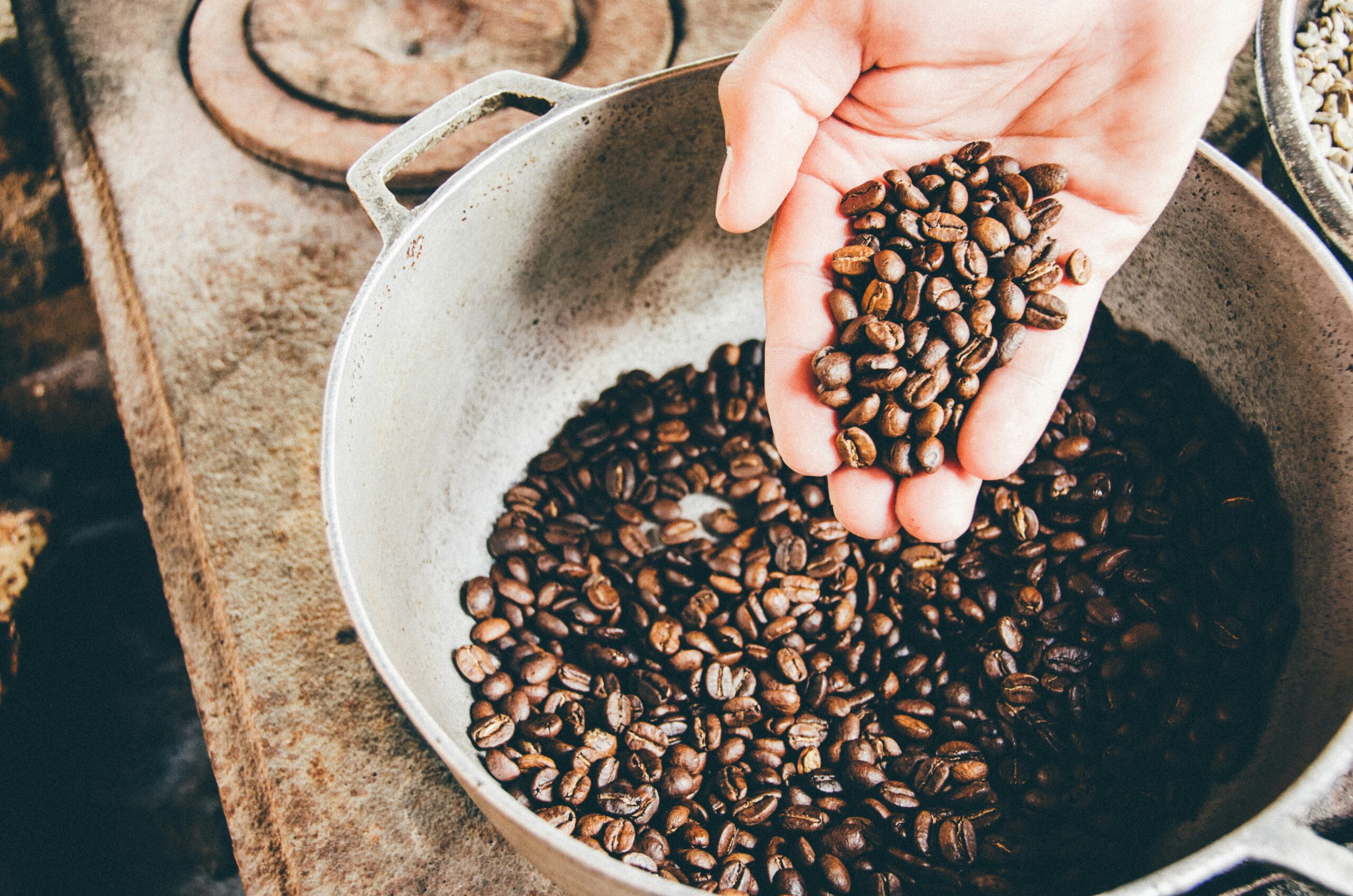If your idea of coffee tasting starts and ends with “strong” or “matabang,” it’s time to level up. Your coffee palate is your ability to detect and describe the different flavors, textures, and aromas hiding in every cup.
Like any skill — from karaoke belting to traffic dodging — it gets better with practice. Whether you’re a casual coffee fan or a full-fledged caffeine connoisseur, improving your coffee palate makes every cup more interesting, and frankly, more enjoyable.
Why Should You Improve Your Coffee Palate?
A refined coffee palate isn’t just for baristas or coffee snobs. It helps you:
- Pick coffee you’ll actually enjoy
- Understand what you’re drinking
- Appreciate subtle flavors and aromas
- Avoid wasting money on brews that taste like regret
The more you practice, the better you get at noticing flavors like chocolate, citrus, or nuts — and that makes your morning cup so much more satisfying.
Simple Ways to Train Your Coffee Palate
1. Pay Attention to Aroma
Before you sip, take a deep sniff. Aroma is half the flavor. Smell for hints of fruits, flowers, spices, or toasted nuts. Your nose knows.
2. Taste Different Coffees
Try beans from different regions, roast levels, and processing styles. Ethiopian coffee might be fruity and floral, while Brazilian beans lean chocolatey and nutty. The variety sharpens your coffee palate by giving you reference points.
3. Slow Down Your Sip
Forget the gulp-and-go. Take small, thoughtful sips and let the coffee coat your tongue. Notice the flavors, mouthfeel, and aftertaste. Is it bright? Smooth? Sweet? Bitter? The more you notice, the better your palate gets.

4. Use a Flavor Wheel
Flavor wheels are a coffee lover’s cheat code. They list common tasting notes so you can match what you taste. Can’t decide if it’s berry or citrus? The wheel helps you narrow it down.
5. Practice “Triangulation” Tasting
Professional coffee tasters use a trick called triangulation. You taste three cups — two identical, one different. Your job? Spot the odd one out. This sharpens your ability to notice tiny differences in flavor.
6. Cleanse Your Palate
Strong flavors (like lechon or garlic rice) mess with your tasting game. Drink water or nibble on something plain like crackers before a coffee-tasting session. A clean palate is a sharp palate.
7. Take Notes
Write down what you smell, taste, and feel. Describe it in your own words — “like burnt caramel,” “like mango float,” or “like that one chocolate I can’t afford.” Over time, your coffee vocabulary grows.
How Long Does It Take to Develop a Coffee Palate?
Like mastering a new hobby (or binge-watching a whole series in one weekend), building a coffee palate takes time. Start small and be patient. Even pros keep learning new flavor notes as coffee evolves with every harvest, roast, and brew.
Conclusion: Sip Smarter, Enjoy Better
A better coffee palate means a better coffee experience. Every cup you drink holds layers of flavor just waiting for you to notice. So the next time you grab a cup, take it slow. Sniff it, sip it, savor it. And when you’re ready for more, head to the Cold and Brewed Blog — we’ve got more caffeine wisdom brewing for you there.
Coffee Palate FAQs
Is a coffee palate something you’re born with?
Not at all. It’s a skill you develop, like learning how to spot traffic-free routes on EDSA. The more you practice, the sharper it gets.
Do I need fancy equipment to train my coffee palate?
Nope. A good cup, clean water, and a curious nose are enough. Coffee tasting is for everyone, not just baristas in hipster aprons.
Can instant coffee help improve my palate?
While instant coffee usually lacks complexity, it can help you notice basic flavors like bitterness or sweetness. But specialty beans offer a better-tasting playground.





